Focus and recompose technique is something that was very commonly used back in the days when DSLRs only had a limited number of auto-focus points, mainly clustered around centre frame.
NOTE: Click on images to enlarge. To view this article in a range of other languages click on the Canadian flag in the upper right hand corner.
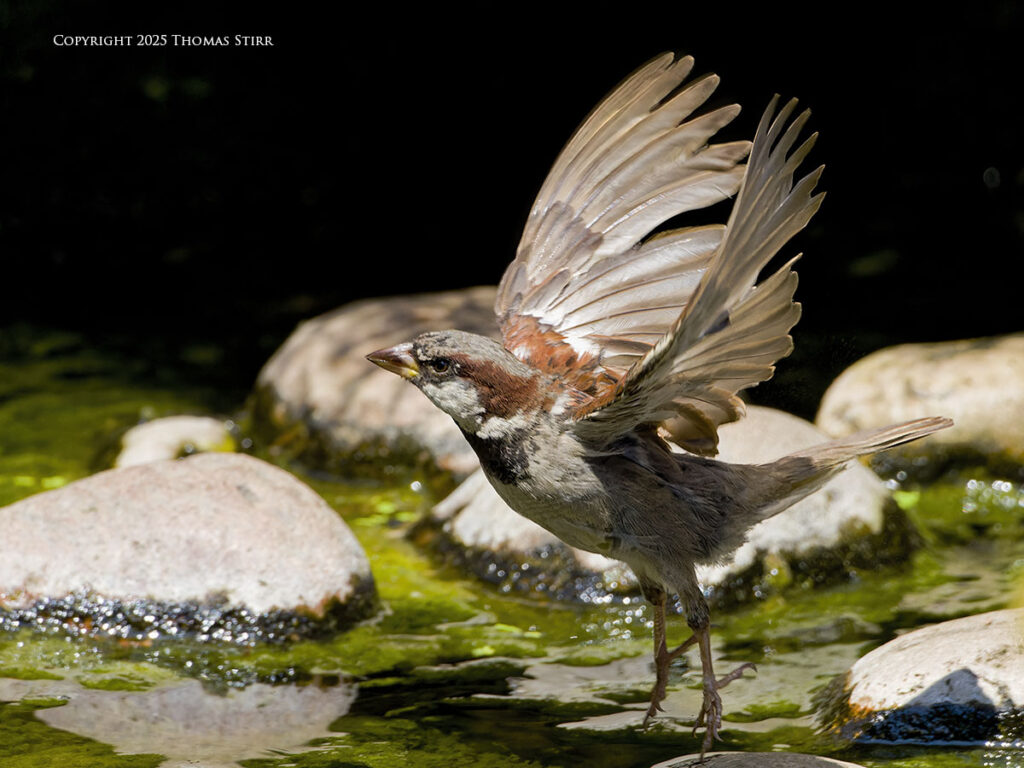
The comparatively few auto-focusing points… often a grouping of 9… meant that for many images a photographer would have to acquire focus on the main subject my half-depressing their shutter release.
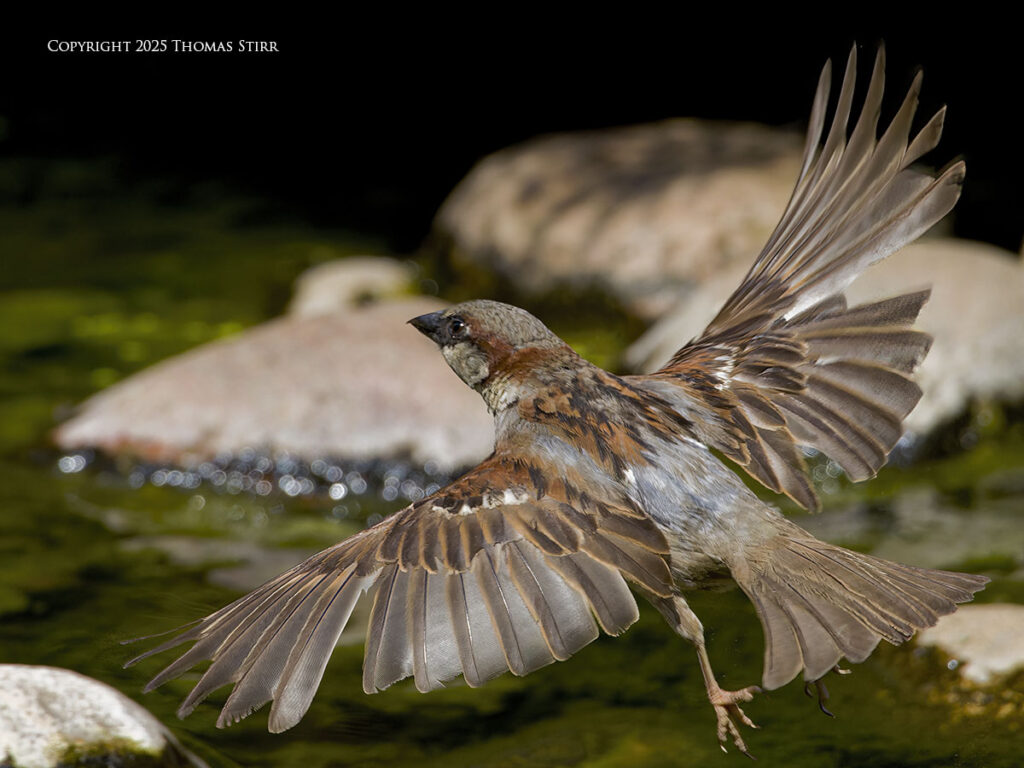
They would hold it in that half depressed position while they recomposed their image. Then fully depress the shutter release once the recomposed composition met the photographer’s image objectives.
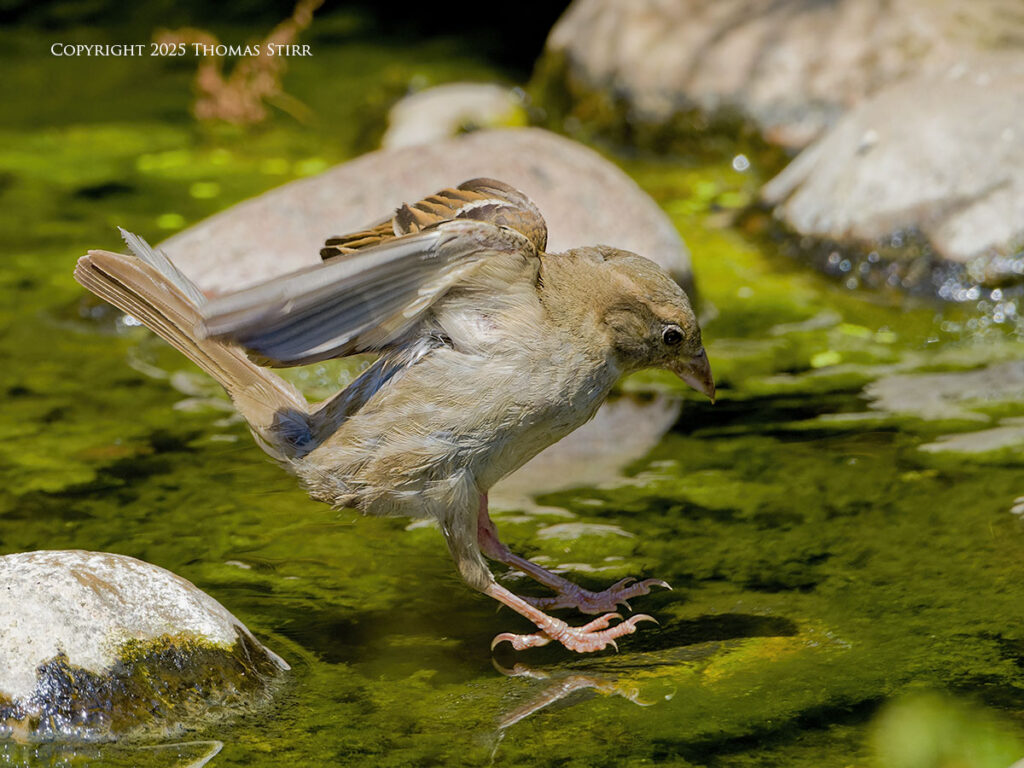
Digital cameras have advanced significantly over the years with improved ergonomics and controls like joy sticks, that make moving AF points much quicker and easier to do. Many cameras now have hundreds of AF points that cover the entire frame.
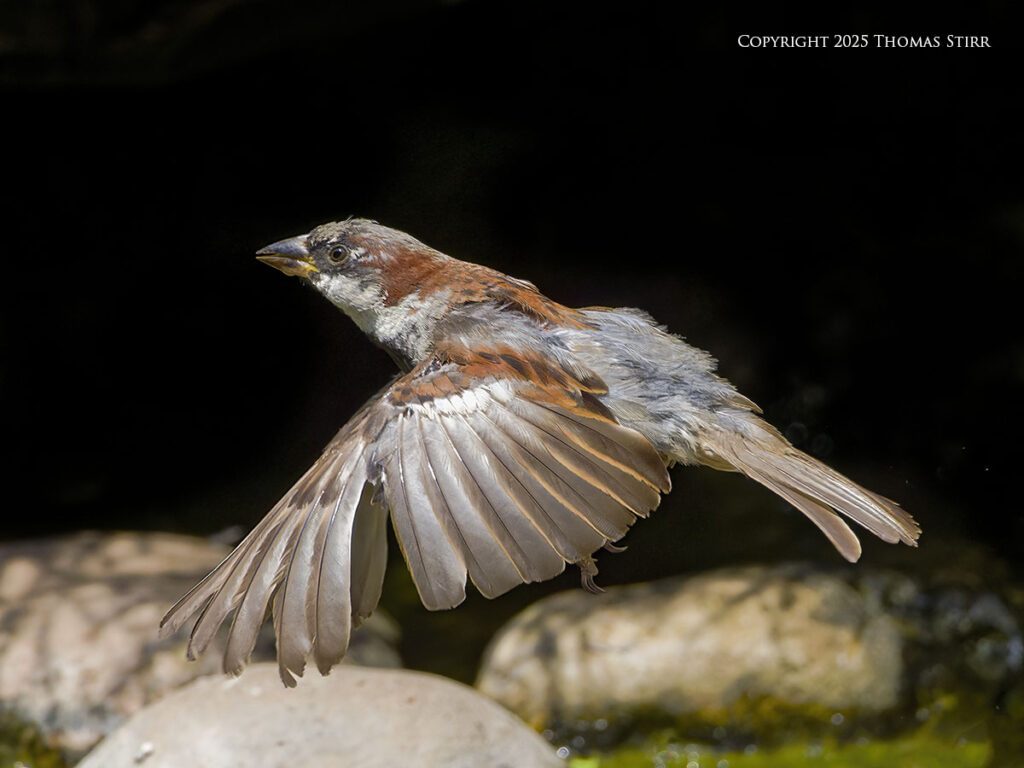
Its been a number of years since I asked any of the photographers that I know, how often they use focus and recompose technique.
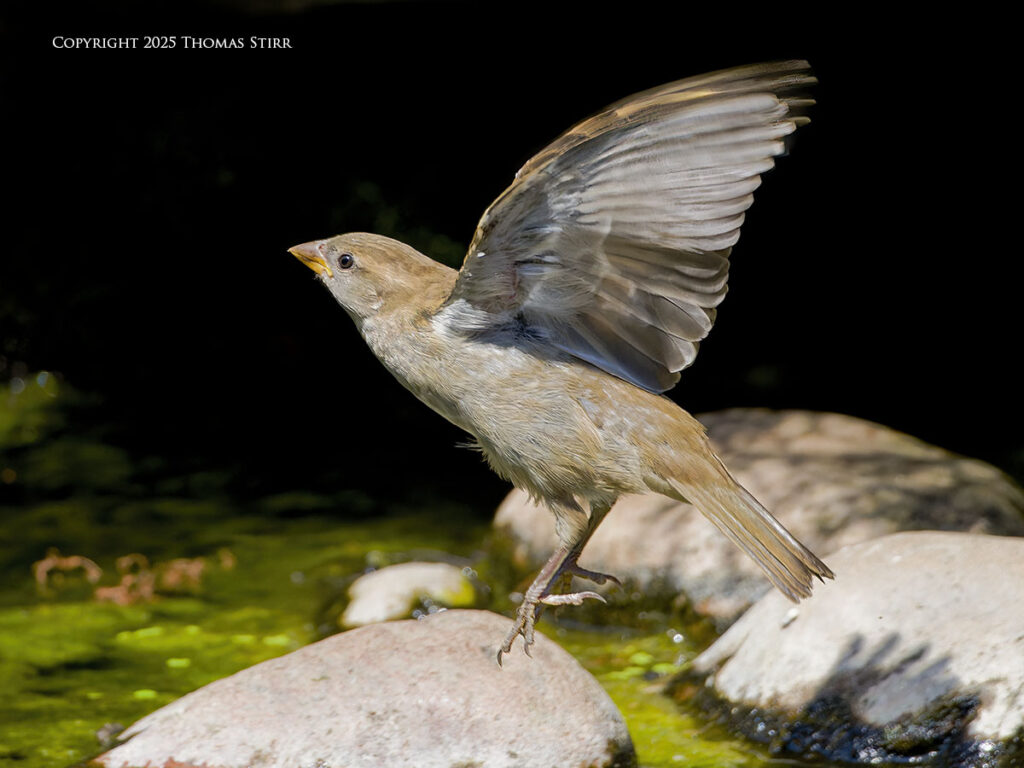
I find that when I’m out with my camera gear photographing birds or insects taking flight, I use focus and recompose technique constantly.
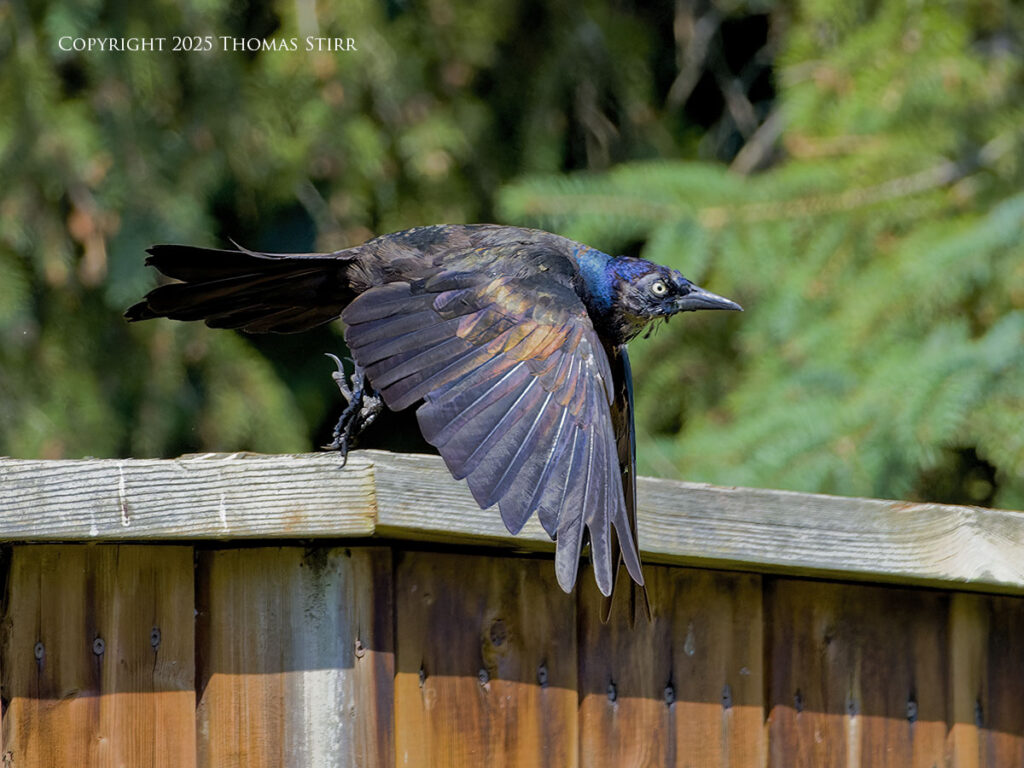
Even though our cameras (E-M1X and E-M1 Mark III) have excellent ergonomics, including joy sticks to adjust the position of AF point(s) I find that using focus and recompose technique is faster and more effective for me when using Pro Capture H.
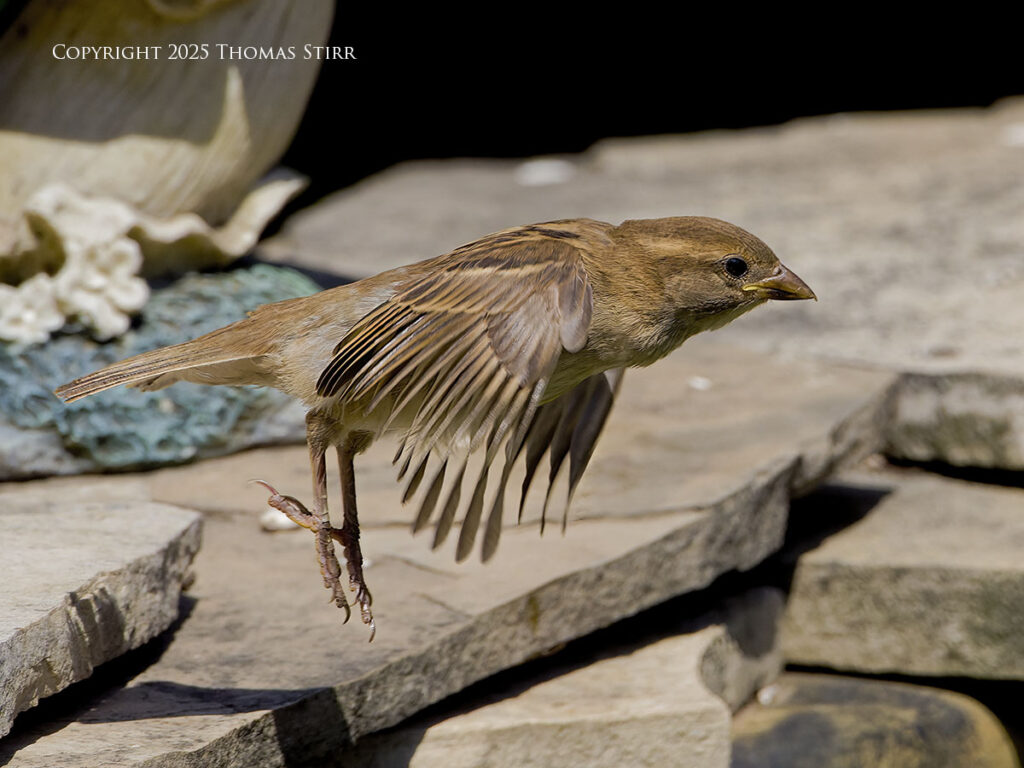
In order to get as many pixels as possible on a bird or insect taking flight, I regularly recompose my images with only the head of the subject bird visible, often in a lower corner of my initial composition. I then spool images into temporary memory using Pro Capture H, and wait for the subject bird to fly through my frame.
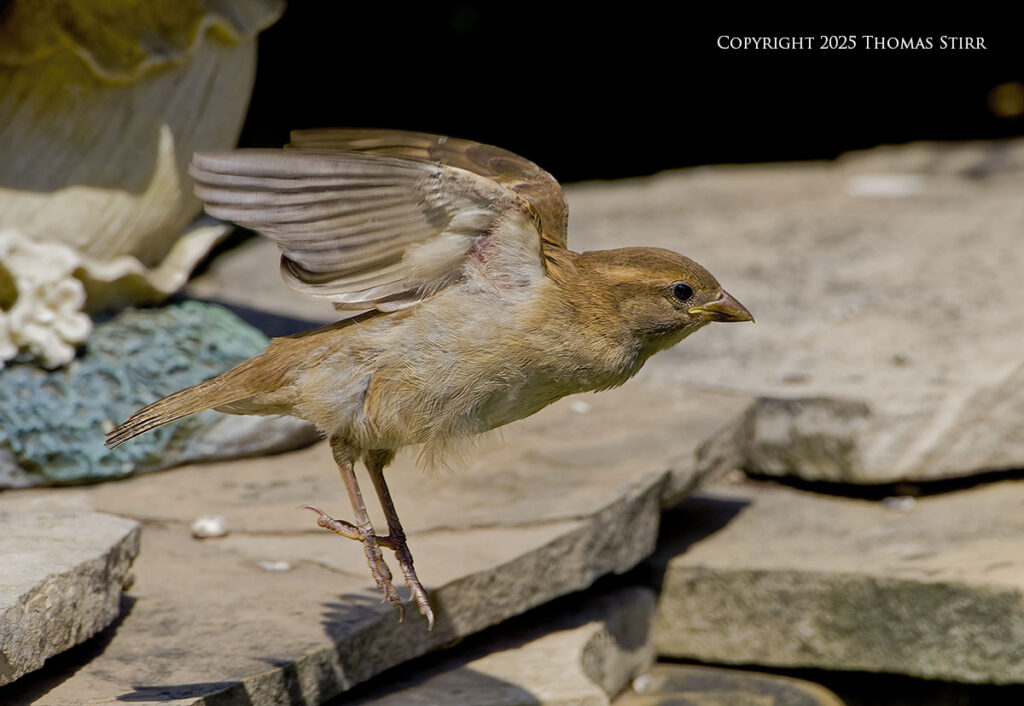
Using this technique with a frame rate of 60 frames-per-second often yields 4-6 potentially useable images from a single Pro Capture H run of 15 images.
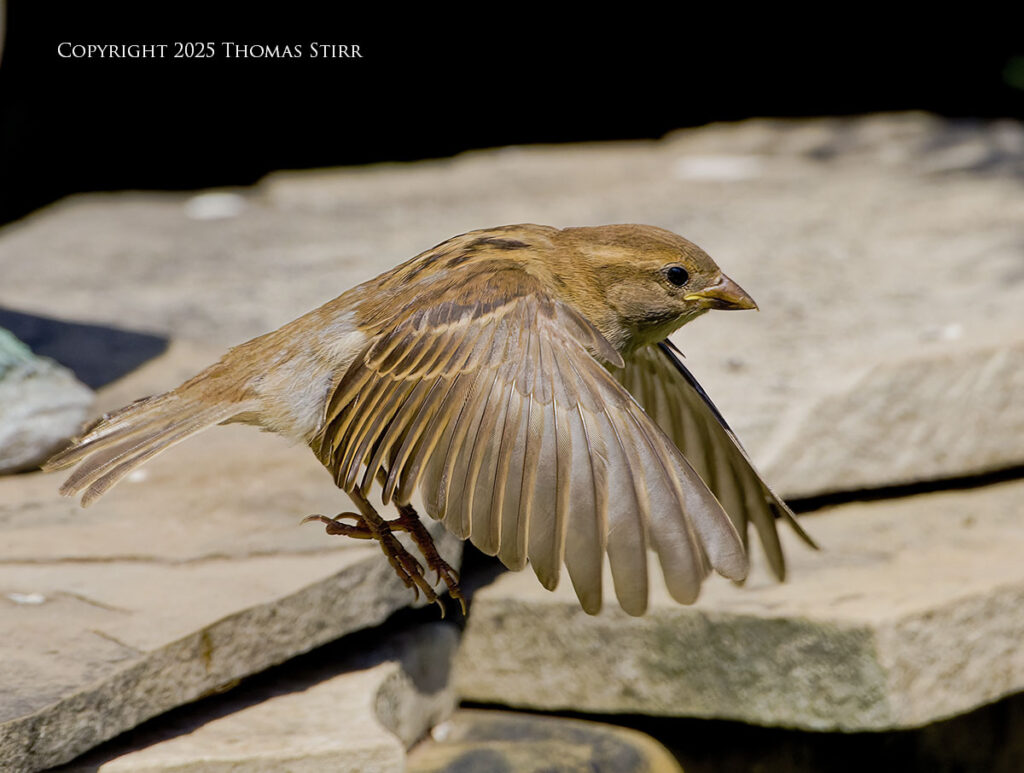
For example, images 7 through 10 in this article are all from the same Pro Capture H image run.
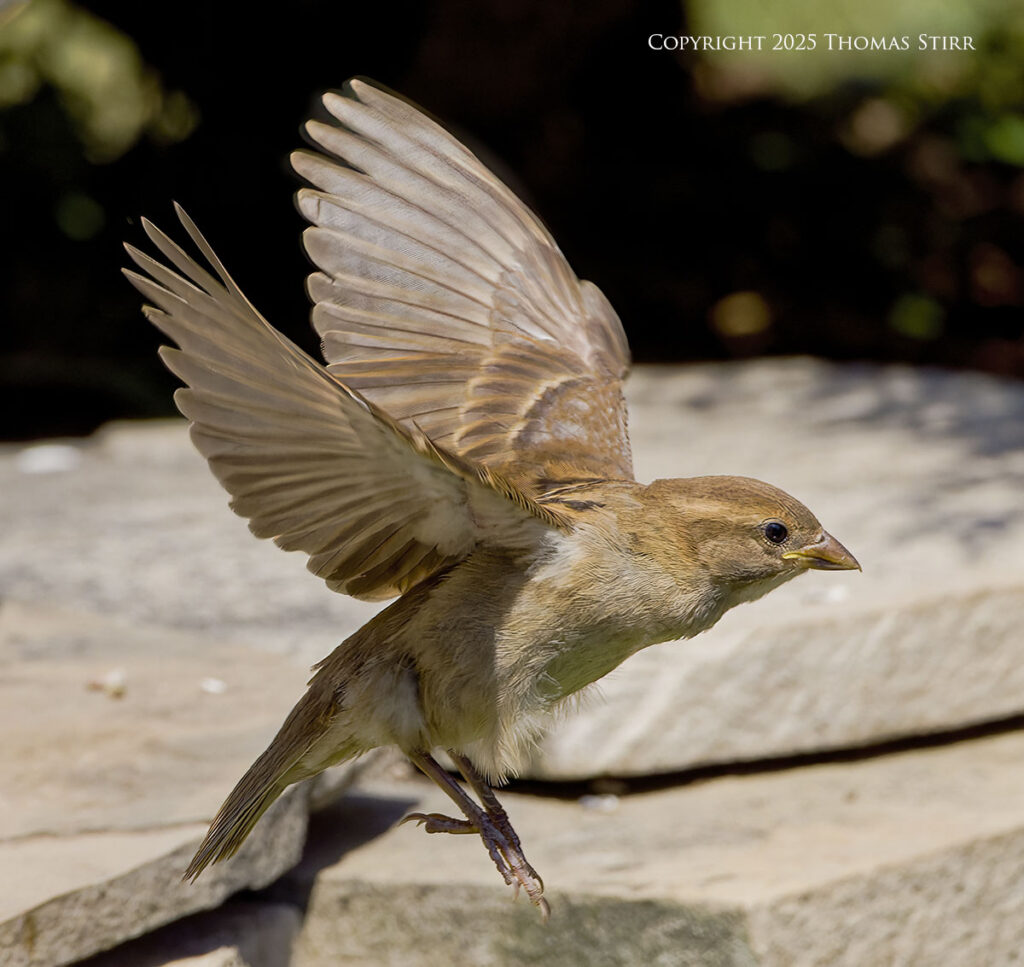
When photographing small birds around the pond in my backyard… or insects like bees, wasps and butterflies taking flight in my garden… the action can be fast and furious at times. Focus and recompose technique works extremely well in these types of fast paced situations.
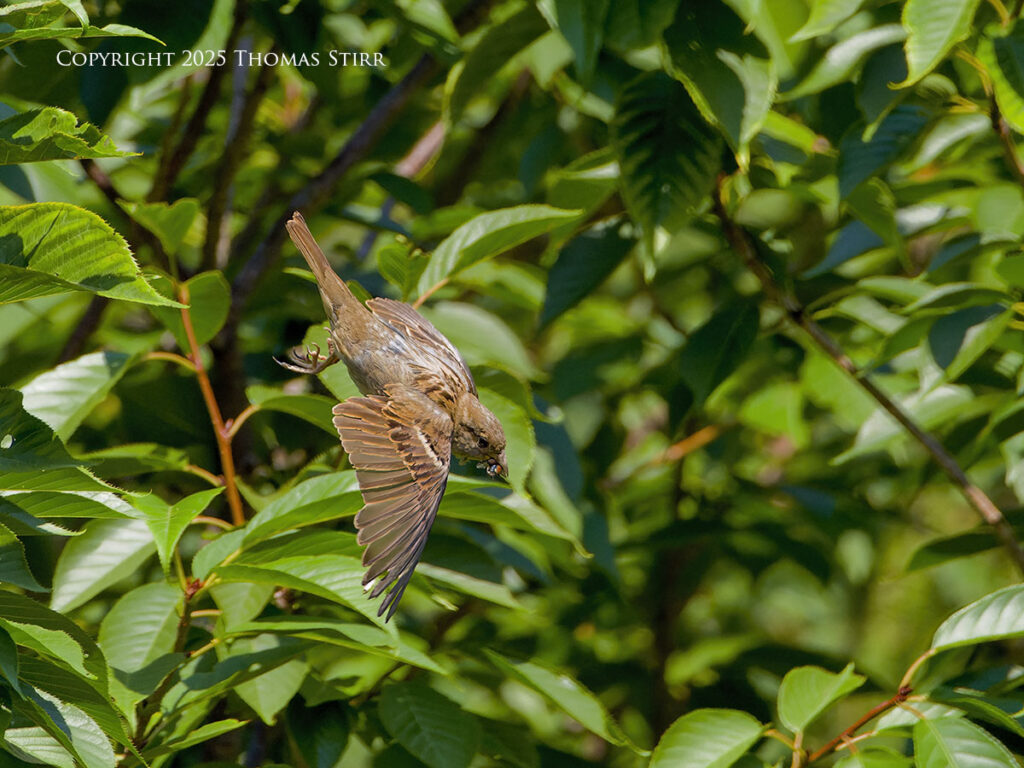
Focus and recompose technique is also excellent when trying to photograph small birds that are partially buried behind tree branches and leaves. I can lock focus on them… then recompose my image to allow them to fly into my frame.
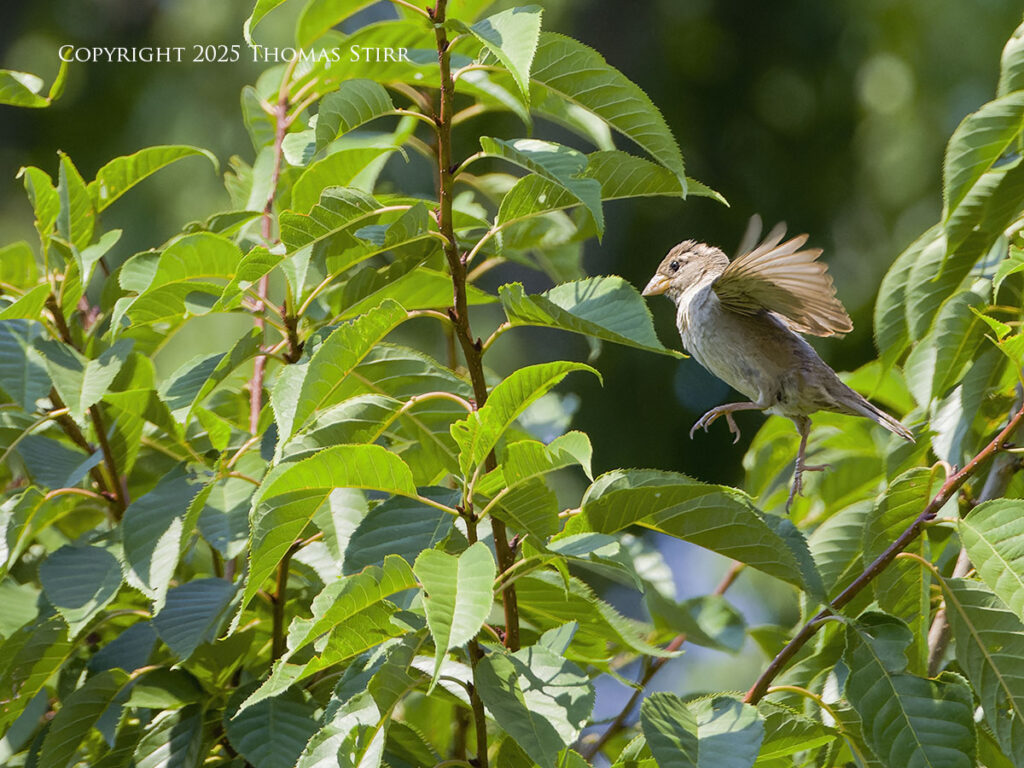
It is fairly common for my recomposed image to not even have the subject bird visible in my composition at all before it takes flight. Correctly anticipating the flight direction of a bird can be a key consideration when using focus and recompose technique.
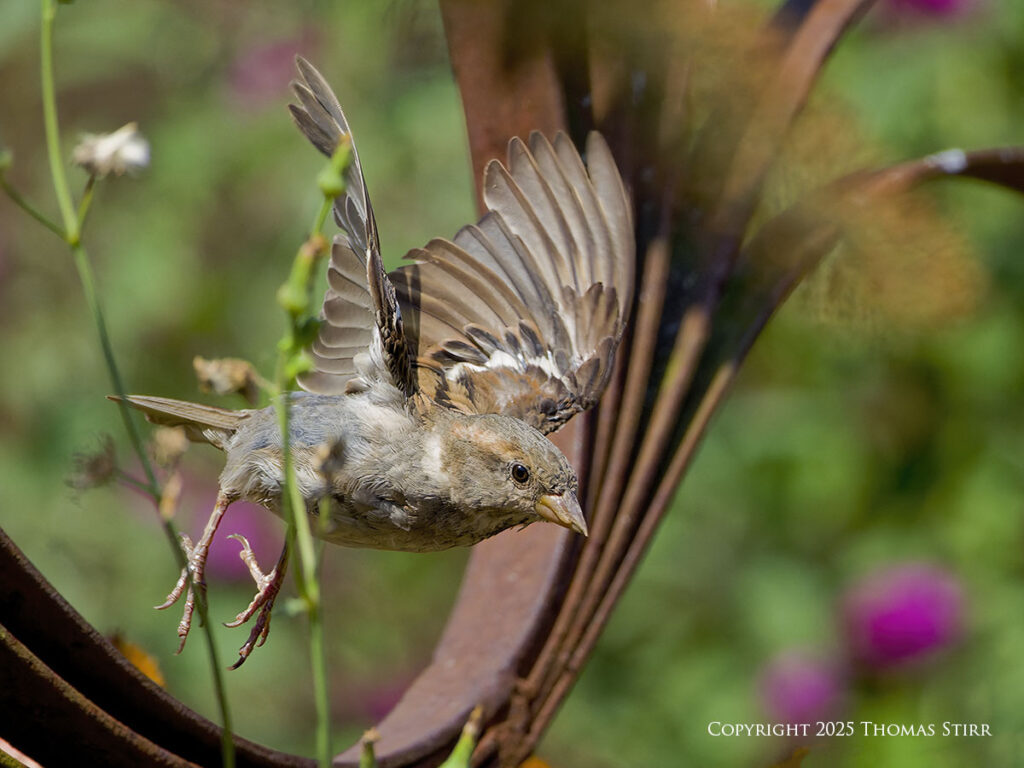
Focus and recompose technique can also be beneficial when photographing birds that are flying out from behind some foreground obstructions. Locking focus and exposure based on the first frame of an image run with Pro Capture H, eliminates the potential for my camera to inadvertently focus on a foreground element if continuous auto-focus had been used.
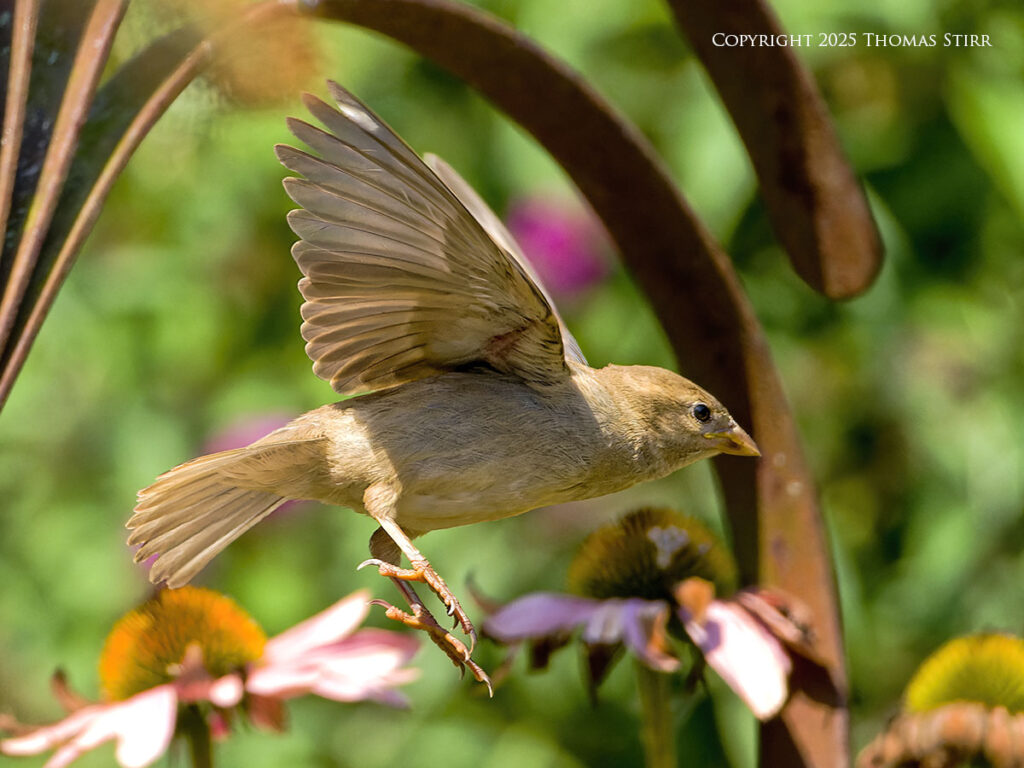
There’s no doubt that modern cameras have some incredible technologies. Sometimes using computational photography technologies with an older technique like focus and recompose is the best solution for specific image opportunities.
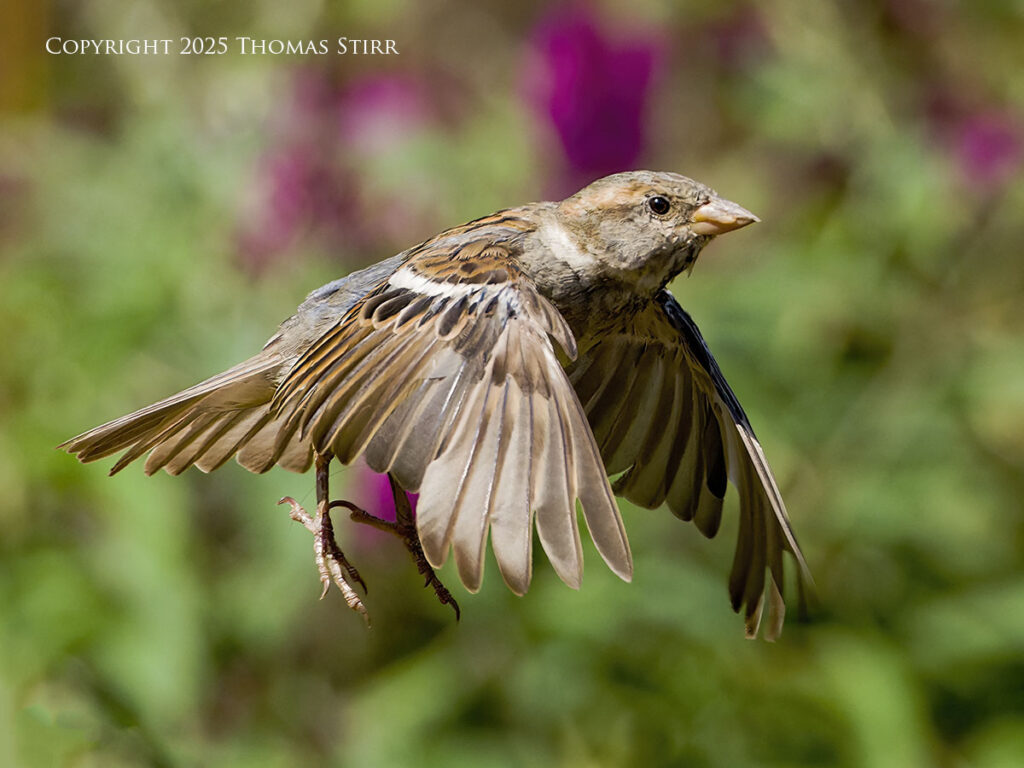
If you examine the EXIF data in this article, you’ll notice that I used my wife’s E-M1 Mark III and her M.Zuiko 75-300 mm f/4.8-6.7 II for all of the images in this article. All of the images were captured handheld with the M.Zuiko 73-300 mm f/4.8-6.7 II fully extended to 300 mm (efov 600 mm).
I was sitting on my back deck photographing small birds as they came to visit our backyard pond. I had a lot of fun with her camera gear, and found it created a lot of useable images for me.
Technical Note
Photographs were captured handheld using camera gear as noted in the EXIF data. All photographs were captured using focus and recompose technique with Pro Capture H. I used a single, small AF point and shot at 60 frames-per-second. My Pre-Shutter Frames and Frame Limiter were both set to 15. All images were created from RAW files using my standard process in post. This is the 1,478 article published on this website since its original inception in 2015.
How you can keep this website advertising free
My intent is to keep this photography blog advertising free. If you enjoyed this article and/or my website and would like to support my work, you can purchase an eBook, or make a donation through PayPal (see Donate box below). Both are most appreciated. Sometimes all we need as photographers is a bit of inspiration. We hope you can find some of that inside Finding Visual Expression II.
Finding Visual Expression II is available for download for an investment of $11.99 CDN. The best viewing experience of this eBook will be at 100% using Adobe Acrobat Reader.
You may be interested in all of the 30 concepts covered in both of these related eBooks. If so, you may want to also consider Finding Visual Expression.
Finding Visual Expression is available for download for an investment of $11.99 Cdn. The best viewing experience of this eBook will be at 100% using Adobe Acrobat Reader.
Our other eBooks include Images of Ireland, New Zealand Tip-to-Tip, Nikon 1: The Little Camera That Could, Desert & Mountain Memories, Images of Greece, Nova Scotia Photography Tour, and a business leadership parable… Balancing Eggs.
If you click on the Donate button below you will find that there are three donation options: $7.50, $10.00 and $20.00. All are in Canadian funds. Plus, you can choose a different amount if you want. You can also increase your donation amount to help offset our costs associated with accepting your donation through PayPal. An ongoing, monthly contribution to support our work can also be done through the PayPal Donate button below.
You can make your donation through your PayPal account, or by using a number of credit card options.
Word of mouth is the best form of endorsement. If you like our website please let your friends and associates know about our work. Linking to this site or to specific articles is allowed with proper acknowledgement. Reproducing articles, or any of the images contained in them, on another website or in any social media posting is a Copyright infringement.
Article and images are Copyright 2025 Thomas Stirr. All rights reserved. No use, duplication or adaptation of any kind is allowed without written consent. If you see this article reproduced anywhere else it is an unauthorized and illegal use. Posting comments on offending websites and calling out individuals who steal intellectual property is always appreciated!

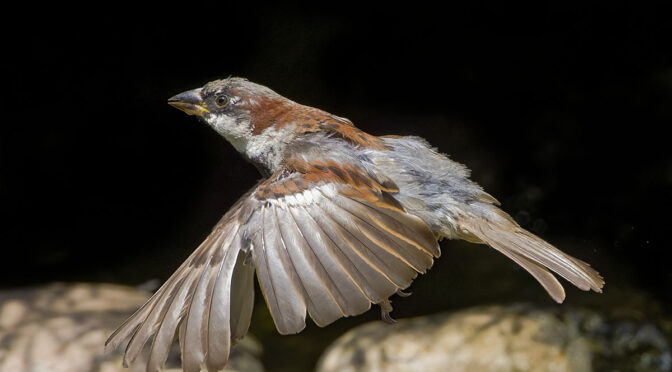


I use focus and recompose nearly all the time. I think it is just out of habit and one of the few actions that are the same across different brands of cameras. It never occurred to me that it was an ideal way to use pre-capture. I probably do it instinctively but will have try it consciously next time I go birding.
Hi John,
If you’re like me, you’ll find it increases the number of potential keeper images as response time is improved.
Tom
In the days I did weddings on my canon EOS 5D, I always used focus and re compose .
That’s mainly because the system wasn’t that great as the modern cameras today.
Even on the EM1-X I have used this technique.
Old habits die slowly!
Good piece keep them coming
Hi Mark,
I find that I use focus and recompose technique quite often and usually when the action is fast breaking and I need to respond very quickly.
Tom
Hi what a excellent article..do you ever write about the use of bridge cameras ?? due to health problems l have had to get rid of all my cameras and lenses and got a Nikon bridge camera..Regards Alan
Hi Alan,
Thanks for your supportive comment… I’m glad that you enjoyed the article.
I only do reviews on camera gear that I actually own and use. I haven’t used any bridge cameras for over 12 years, so I have no access to this type of camera.
Tom